
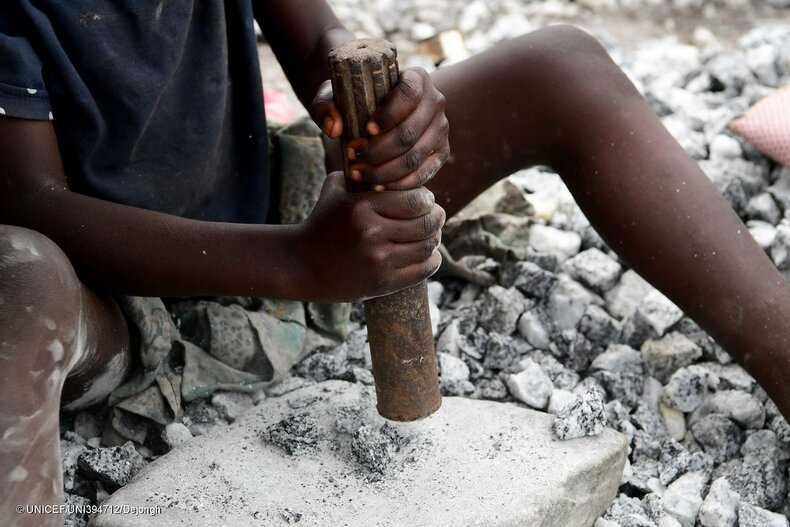
As we commemorate this year's World Day Against Child Labour, we also celebrate the 25th anniversary of the adoption of the Worst Forms of Child Labour Convention.
This milestone reflects a significant commitment to prohibiting and eliminating the gravest forms of child labor, emphasizing it as a priority for national and international action, including international cooperation and assistance.
Despite considerable progress in reducing child labor over the years, recent global trends have reversed, highlighting the urgent need for unified efforts to eradicate child labor in all its forms.
Currently, only 1.1% of the global GDP is allocated to social protection for children, with a mere 0.4% dedicated to children in Africa. Now is the time to make the elimination of child labor a reality.
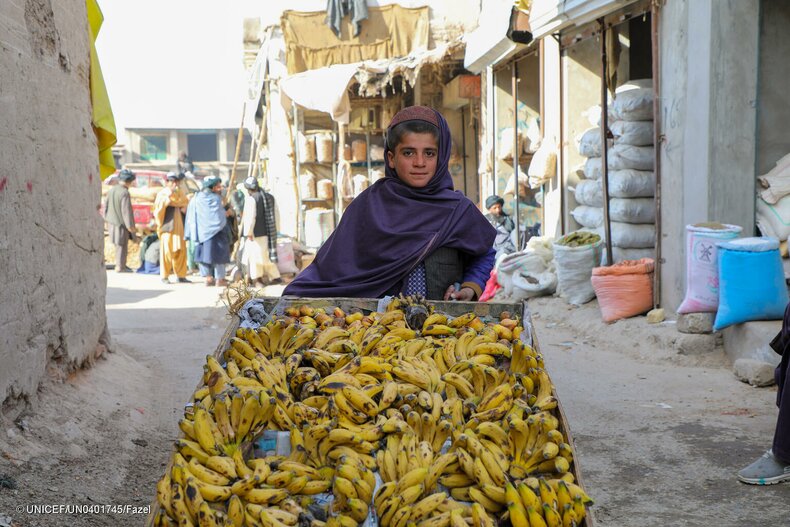
Since 2000, significant work has been done in reducing child labor worldwide. For nearly two decades, the number of children engaged in child labor decreased steadily.
There has been a positive change from 2000 to 2020, with child labor decreasing by 85.5 million, dropping from 16% to 9.6%. However, recent years have seen a reversal of this trend due to military and political conflicts, crises, and the COVID-19 pandemic, which have forced many families into poverty and millions more children into child labor.
Lately, economic growth has not been sufficient, nor inclusive enough, to release the pressure faced by many families and communities, leading them to child labor.
Today, approximately 160 million children worldwide are involved in child labor, equating to 1 in 10 children.
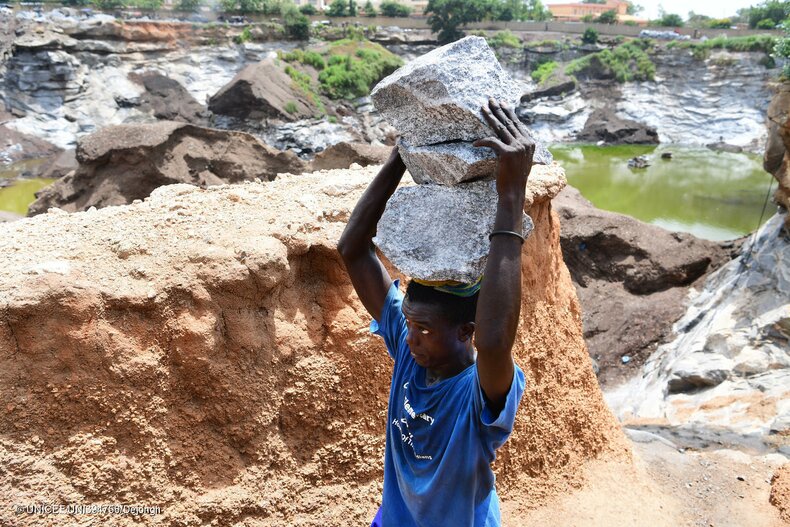
Questions often arise about the definition and categories of child labor. It is essential to note that "child labor" is prohibited under international law and falls into three primary categories.
First, it includes practices such as slavery, trafficking, debt bondage, forced labor, the forced recruitment of children for armed conflict, prostitution, pornography, and illicit activities.
Second, child labor refers to work performed by children who are under the minimum age specified for that type of work by national legislation and international standards, likely impeding their education and full development.
Third, hazardous work, jeopardizing the physical, mental, or moral well-being of a child due to its nature or the conditions under which it is carried out.
Additionally, the United Nations also defines the worst forms of child labor which highlights the work that is likely to harm children's health, safety, or morals due to its nature or circumstances.
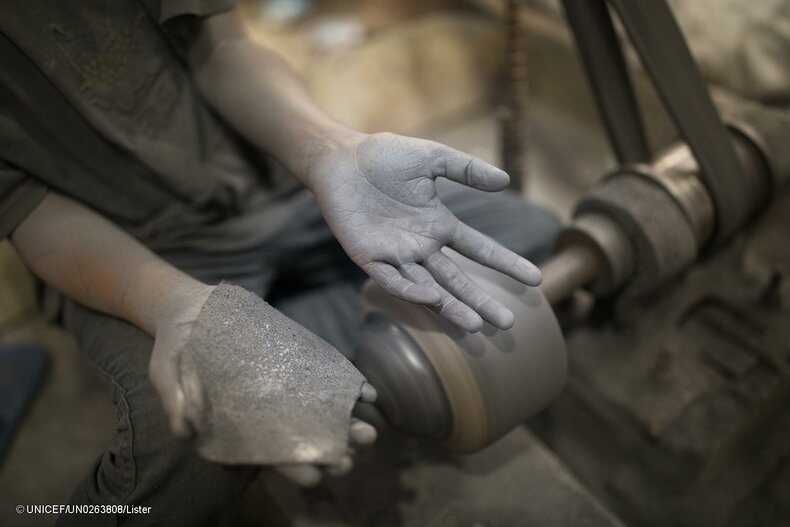
Child labor is a global issue, but its prevalence varies by region. Africa ranks highest, with one-fifth of children involved in child labor, accounting for 72 million children.
Asia and the Pacific follow, with 7% of all children and 62 million in absolute terms engaged in child labor. Together, these regions account for almost nine out of every ten children in child labor worldwide.
The Americas have 11 million children in child labor, Europe and Central Asia have 6 million, and the Arab States have 1 million.
In terms of incidence, 5% of children in the Americas, 4% in Europe and Central Asia, and 3% in the Arab States are involved in child labor.
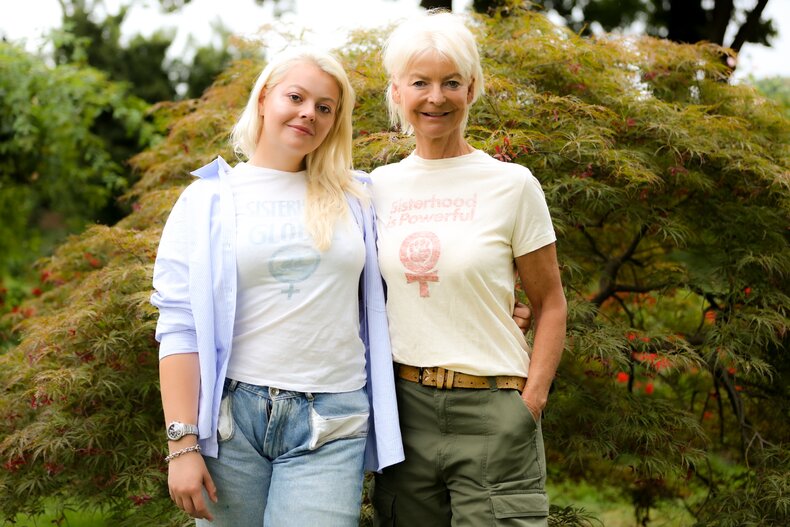
On this World Day Against Child Labour, we join the United Nations in calling for the effective implementation of ILO Convention No. 182 on the Worst Forms of Child Labour.
It is essential to reinvigorate national, regional, and international action to end child labor in all its forms, including the worst forms, by adopting comprehensive national policies and addressing the root causes.
Additionally, we demand the universal ratification and effective implementation of ILO Convention No. 138 on the Minimum Age.
Achieving this, alongside the universal ratification of ILO Convention No. 182 in 2020, would provide all children with legal protection against all forms of child labor.
Now is the time to turn commitments into action and make the elimination of child labor a reality!
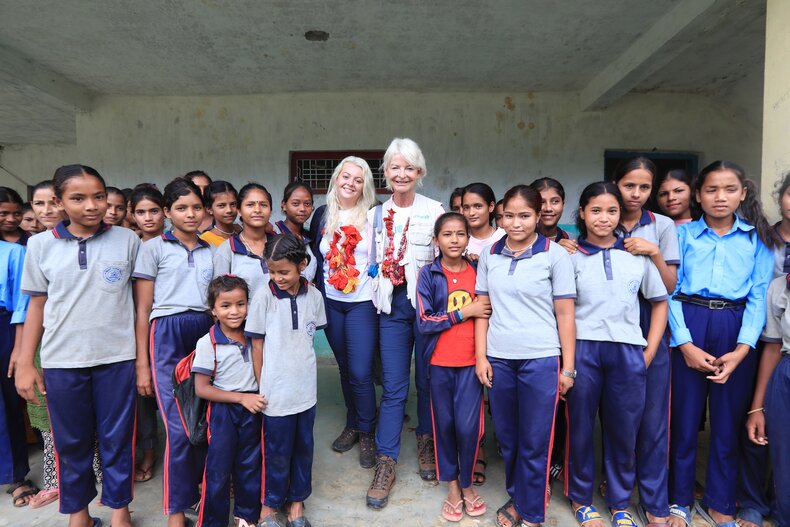
The 25th anniversary of the Worst Forms of Child Labour Convention is not just a moment of reflection, but a call to action.
Despite the progress made, the recent resurgence of child labor due to global crises underscores the need for renewed commitment and collaborative efforts.
By prioritizing the eradication of child labor, investing in education, and fostering economic growth that includes the most vulnerable, we can ensure that every child enjoys the right to a childhood free from exploitation and hardship.
Together, we can make the elimination of child labor not just an aspiration, but a reality!
Yours
sincerely

